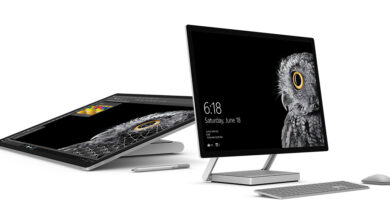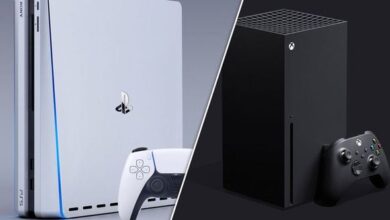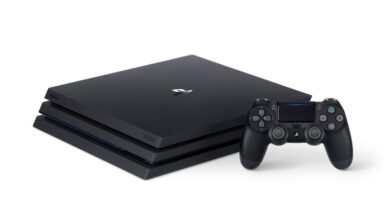A deeper look into the Apple M1 Chip
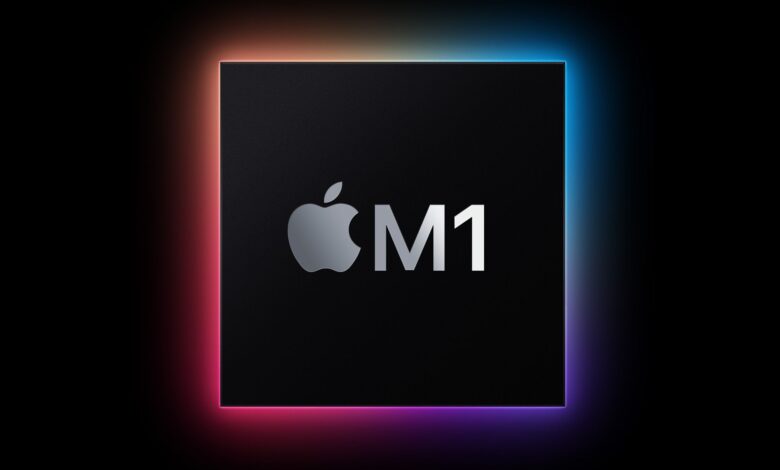
The need for Processors in the modern-day and age.
Processors are the key functioning component of any digital system. It is equivalent to that of the brain is to a human. A computer processor’s job is to carry out the computer’s computations, which includes managing the computer’s memory, receiving user input, delivering output, and performing any calculations that are required. When we write software in a language such as JAVA or PYTHON we write a set of instructions for the processor to do certain calculations.
In simpler words, if we were to make a robot the brain would be a processor.
The New, the Bold, and the Ugly
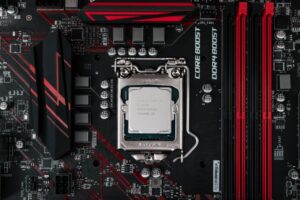
Where Apple has always stood out and outperformed its competitors is never disappointing user experience, the splendid ecosystem that engulfs users and never lets them go. But MacBooks have never been a part of that equation completely since they were the only hardware they put out without their own chipsets. Apple silicone within the iPhone, iPads, and the Apple Watch has been a class apart but the intel chips their laptops shipped with were a bit of a bottleneck for some.
Apple tackled this with their new M1 chip. The traditional approach of different components connected to a motherboard was discarded and Apple chose to integrate the key components which enable very quick data transmission, higher efficiency, and better performance for lower power consumption. Which is known as “SYSTEM ON CHIP or SOC” this enables a much efficient system even if the individual components of the typical system are more powerful than the M1 chip.
In simpler terms, the communication between different components serves as a bottleneck in a typical motherboard (designed for Intel / AMD or similar processors) where even if the components are powerful there are inefficiencies in the system whereas Apple designed a chip to tackle that exact problem and was able to increase power output and battery life at the same time.
That although comes at cost of non-upgradability of onboard RAM. Which for some might be a deal-breaker. Also making repairs very difficult outside of an Apple store. Which takes a bit of control away from the owner and more to the manufacturer.
This key architectural difference being the packaging of the different components within the computer. Which enables a faster, more efficient system overall.
The Big Small difference
The 5nm chip. While the competition uses 14 or 10 nm builds apple with the revolution from ASML which was a rather obscure Dutch company that made 5nm processor chips using a technique called Extreme Ultraviolet Lithography. This enabled Apple to have a smaller form factor with better power to performance ratio and overall better machine. Currently, TSMC or (Taiwan Semiconductor Manufacturing Company) makes the 5nm chips for Apple.
The M1 chip packs 8 CPU cores with 4 dedicated to performance and 4 towards efficiency. An integrated GPU with up to 8 cores. 2 integrated memory chips (RAM) that are non-upgradable. Apple calls this UMA or Unified Memory Architecture.
Apple Vs The Rest

Although having a smaller transistor architecture gives an edge to Apple’s M1 there are more factors to consider. Intel uses the 10nm build while AMD uses the 7nm chip. The entire architecture of these companies are built around their respective chip choice and each tends to deliver the best performance in their way. Qualcomm uses 5nm chips but has a completely different architecture and thus the processors they make are a lot different from that of Apple. With Intel planning to switch to a 7nm chip by 2022. The main reason competitors are not using the 5nm chip is due to the 10 to 20 percent increase in performance model adopted which is a low-risk low reward strategy.
Why Intel is Loosing
Intel has had a long-running monopoly in the processor market. This allowed Intel to a point charge whatever they wanted for their best-in-class processors until the ZEN architecture of AMD came into play. AMD then came with a processor which had similar performance but for the fraction of the price. This along with the AMD being able to outsource their silicon from the likes of TSMC and Intel more or less doing all their research and development on their own lagged. Intel might still be the market leader in CPUs but their early shortage of lower-end chips.
Where apple Truly shines

Any Apple user’s true love is usually the software experience. May it be the privacy options. The seamless ecosystem, the apple cloud, and most importantly meaningful updates. Apple provides software updates for a long time with every OS they put out. This is what keeps their old hardware still functional for years.
This is especially noticeable in the new M1 chip Macbooks. The software optimization along with complete Apple hardware gives the laptop an amazon 6-hour increase battery backup with the same battery as the old intel variant. Also increases performance drastically as can be seen in the benchmark scores.
Intel is Not Asleep
Even though Apple seems to have knocked it out of the park with this one, other manufacturers are ahead when it comes to raw performance.
AMD’s Threadripper and intel’s i9 are much more powerful when in the right machine. In desktops and gaming rigs, these processors show their true potential which is far greater. Also, the accessibility of these is much greater as apple silicon can only be used in Mac devices and the rest can be assembled according to needed specs.
What Comes Next
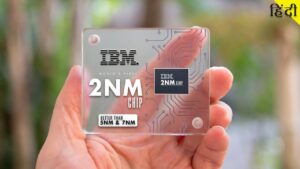
The future holds tons of possibilities as further development in processor design will lead to computers capable of a lot more than the current generation can even fathom. With the new 2nm chip architecture from IBM, Quantum Computers may change the way we see computers completely.
Collectively groundbreaking research is being done in the field and the current generation might witness the next big step in digital technology.
Final Thoughts
Apple has brought about huge revolutions in the digital technology age but the past few years have been rather slow. The race for digital supremacy among various manufacturers does provide faster and better innovations. As each giant tries to triumph over the other. Even though there may seem to be a monopoly in the current market, things are bound to change over time. Computers are bound to get smaller, faster, and more powerful.
